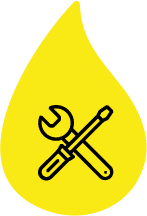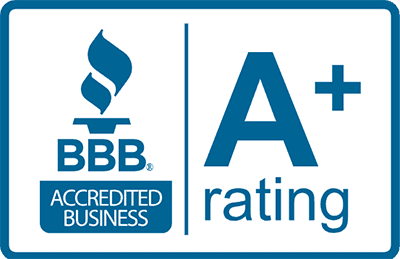Trenchless Sewer Repair Services In Chicago: What You Should Know
There are certain situations where the entire replacement—and therefore excavation—of a sewer line is not the most prudent course of action. Sometimes only the lining needs to be repaired/replaced for a sewer line to get back up and running again.
However, trenchless sewer repair is—at times—a more complicated procedure. This is because the strategy used to implement the repair must often be custom-made for the particular situation.
When Do You Need Trenchless Sewer Repair Services?
Many customers might not know when a trenchless repair is right for them. And how would they? Problems caused by sewers, and the repairs necessary to alleviate them, can only at times stand out to the experienced professionals.
A few reasons for trenchless sewer repair are as follows:
Trenchless Sewer Repair and Landscaping
It’s gentler on your property. The lack of a need to excavate will save you, the Parks’ plumbing crew, and your lawn or street a lot of time, money, and stress versus a traditional sewer installation.
Cost-Effective
The process is faster and cost-effective. Digging a trench, checking the grade, and performing exact measurements all take quite a bit of time and effort to get right. Trenchless repair, on the other hand, is relatively quick, painless, and it still delivers solid results when compared to other systems.
Lifespan
Even though it might be faster and can be less expensive in some situations, it won’t stunt the life of your line. Trenchless sewer repair is designed, like more traditional methods, to help your line reach its maximum life expectancy, no questions asked, no problems posed. Pipes replaced by trenchless sewer repair still hold their 50-100 year use expectancy.
Trenchless Sewer Repair Steps
Every job is a different animal, but there are some basic steps you can expect during plumbing services like trenchless sewer repair, such as:
- First, there’s an initial inspection. One of Parks’ Plumbing & Sewer’s licensed plumbers will visit your home or business and appraise themselves of the situation: did a pipe burst, is it a problem with the lining, is there a block? After this inspection, they’ll inform you of what they’ve found and how they plan to proceed.
- The line will be accessed from the shallowest point, which is custom to each location, and the host pipe will be cleared of any hang-around debris using rodding equipment or hydro jetting tools.
- After the old pipe has been found and cleared, the new pipe will be inserted and left to cure as the binding resin that attaches it to the sewer system hardens.
- Finally, after enough time has been allowed for the sewer line to cure, the plumber will give the system a final inspection. Any problems that come up will be addressed, and after everything’s taken care of, you and your pipes are good to go.
One nice thing about trenchless sewer repair is that it doesn’t require as much excavation as more traditional methods. This means the whole process can usually be completed in a day or so, though it is often situation-dependent.













